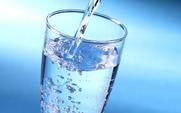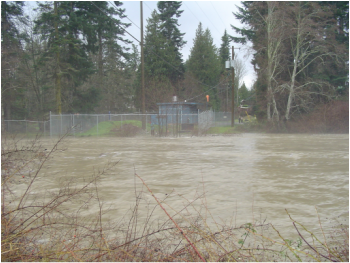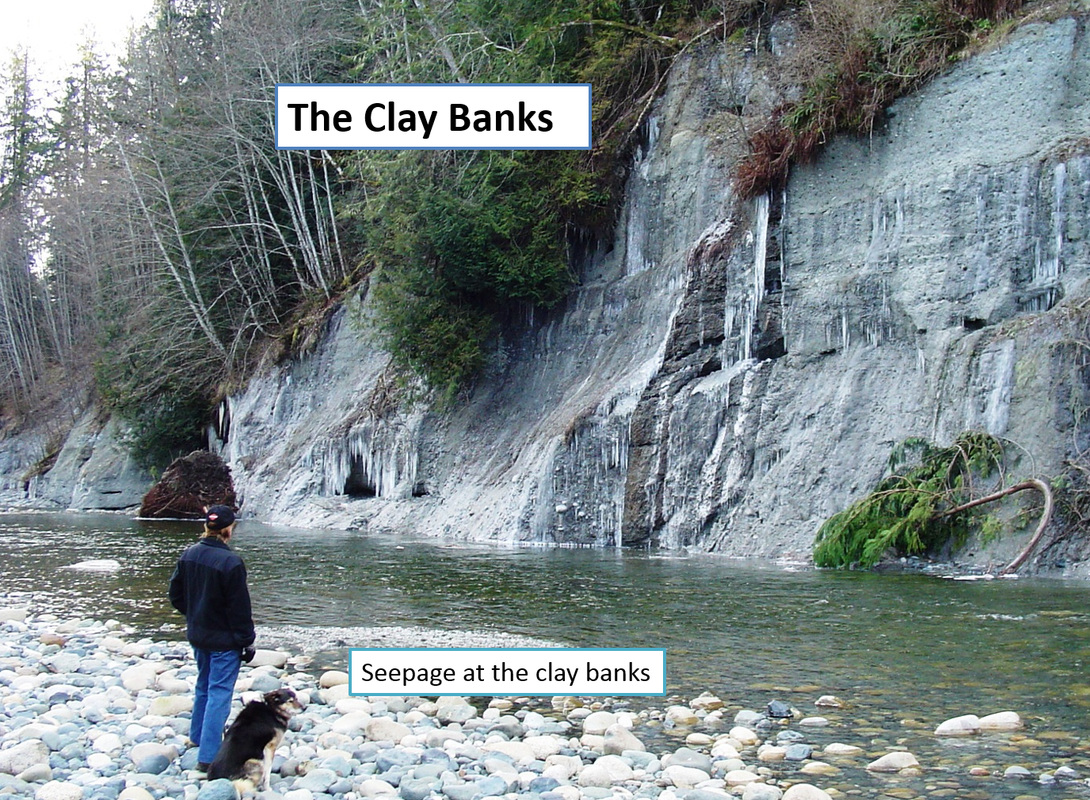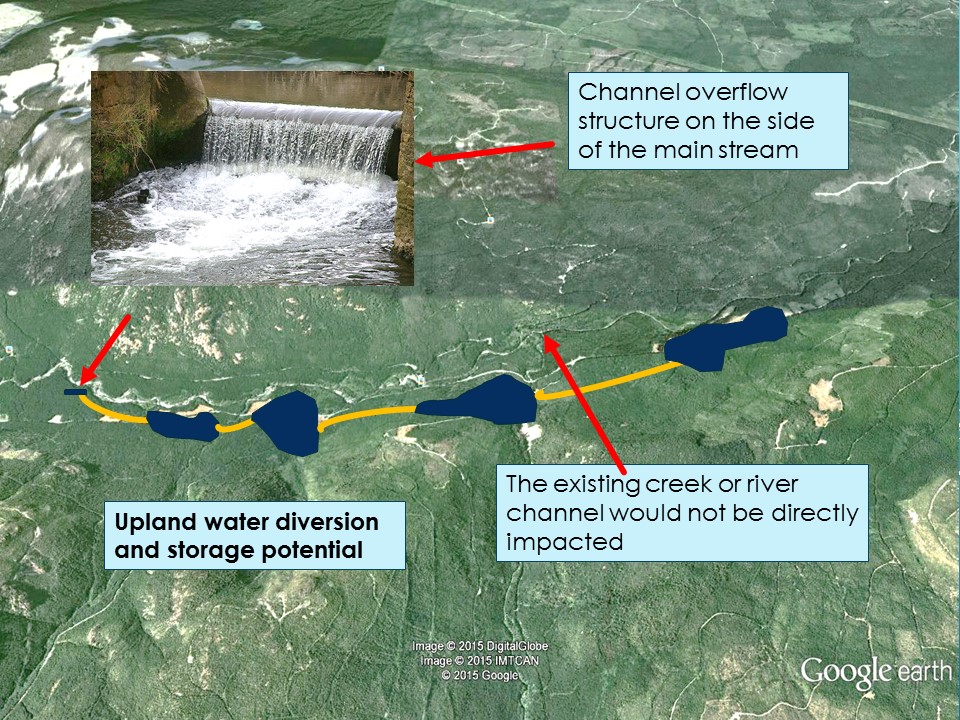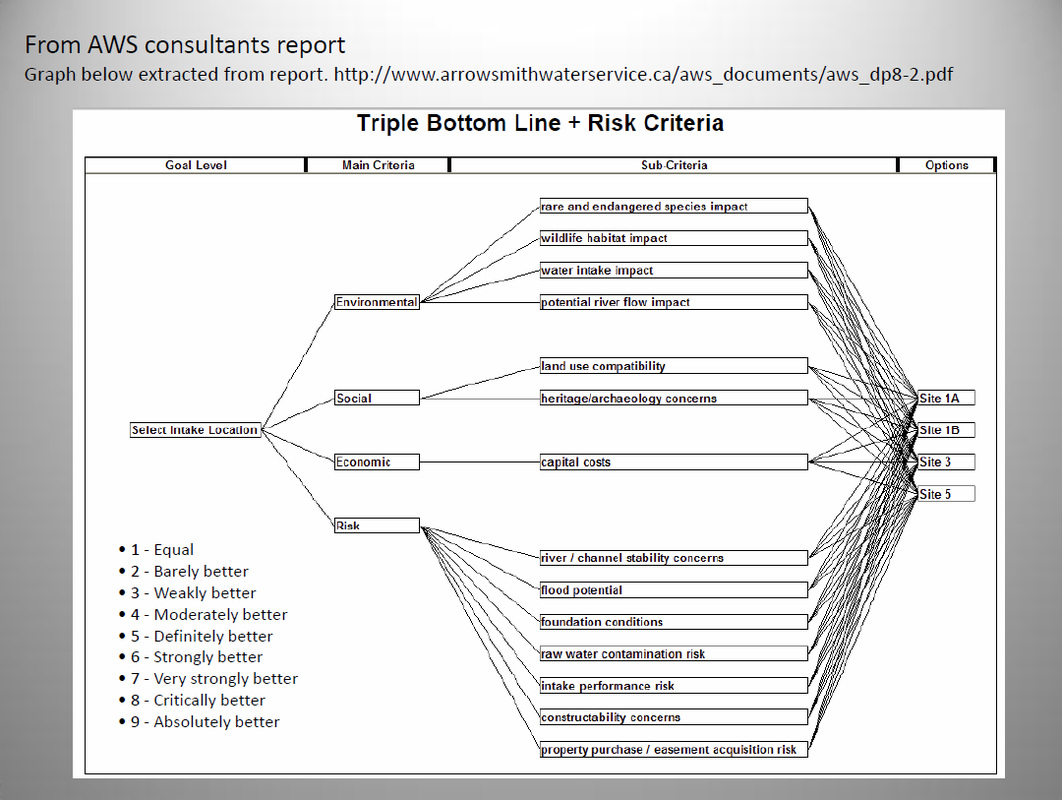Englishman River Water Service Joint Venture Agreement
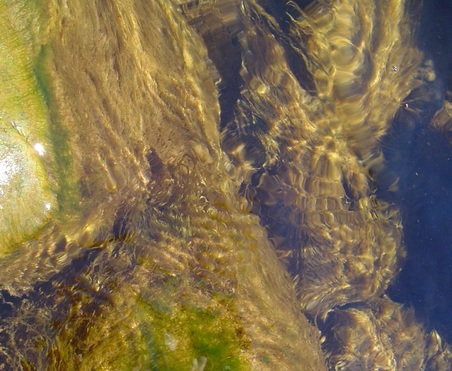 Algae in the river
Algae in the river
Low volumes of water in the Englishman River are also a major concern, when the demand for water is at its highest, the river flows at typically at the lowest. Low flows in the Englishman River have several implications for drinking water supplies, the ecosystem and recreational uses. Firefighting demands require considerably higher volumes of water than regular domestic requirements. If a large fire were to occur during the dry summer season, the water system may not have the capacity to meet the demand.
Temperature of the Raw Water Supply is a critical factor in drinking water distribution. According to BC and Canadian standards a temperature of less than or equal to 15 degrees Celsius is required for water to be used for drinking. This summer the Englishman River water temperature was up to 24 degrees.
Temperature of the Raw Water Supply is a critical factor in drinking water distribution. According to BC and Canadian standards a temperature of less than or equal to 15 degrees Celsius is required for water to be used for drinking. This summer the Englishman River water temperature was up to 24 degrees.

Click the drip for more on water temperature

Water Quality
Low flows of water in the river are associated with a buildup of algae due to high concentrations of nutrients and warm water temperatures. Toxins released from algae as well as other contaminants in solution from the watershed could pose a health hazard. As far as we know the proposed membrane water filtration plant will only remove undissolved components, and will not remove the dissolved contaminants. Algae Toxins in Drinking Water Can Cause Health Problems? Click the drip to see more |
 Algae in stagnant water upstream of new intake Algae in stagnant water upstream of new intake
The following links take you to the Englishman River Water Service Website.
http://www.englishmanriverwaterservice.ca/news.asp http://www.englishmanriverwaterservice.ca/reports.asp |
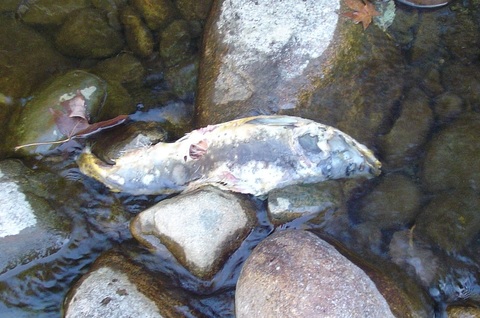 Thousands of salmon spawn and decompose upstream of the new intake
Thousands of salmon spawn and decompose upstream of the new intake
Low river flows can negatively affect fish and other aquatic species. Most fish species present in our rivers have a fine tolerance to water flows, temperature and quality. High mortality can occur when the limits are exceeded.
For some species the Maximum Daily Temperature should not exceed 15 degrees Celsius.
The maximum spawning temperature should not exceed 10 degrees Celsius and the preferred incubation temperatures should range from 2 to 6 degrees Celsius.
Low flows are also associated with low oxygen levels which can be fatal for young fry.
A gauge that measures river flows is located upstream of the present water intake from the river. The natural flow in the river can be augmented by water released from Arrowsmith Lake dam about 25 kilometers upstream. The original licence called for a preferred rate of 1.6 cubic meters per second to be measured at the gauge. This year the measure flow was about half that rate. As the proposed new intake will be moved upstream of the existing flow gauge the extraction will result in even lower flows than this summer.
For some species the Maximum Daily Temperature should not exceed 15 degrees Celsius.
The maximum spawning temperature should not exceed 10 degrees Celsius and the preferred incubation temperatures should range from 2 to 6 degrees Celsius.
Low flows are also associated with low oxygen levels which can be fatal for young fry.
A gauge that measures river flows is located upstream of the present water intake from the river. The natural flow in the river can be augmented by water released from Arrowsmith Lake dam about 25 kilometers upstream. The original licence called for a preferred rate of 1.6 cubic meters per second to be measured at the gauge. This year the measure flow was about half that rate. As the proposed new intake will be moved upstream of the existing flow gauge the extraction will result in even lower flows than this summer.

Click the drip to link to Englishman River flow
https://wateroffice.ec.gc.ca/report/real_time_e.html?stn=08HB002
https://wateroffice.ec.gc.ca/report/real_time_e.html?stn=08HB002
|
Demand in relation to supply
The projection for population increase will affect the water supply in three different ways. Firstly the extra demand by a larger population is compounded during the hot dry summer months with a large influx of visitors and tourists. Severe watering restrictions, does reduce consumption, but depending on a severely stressed river, cannot be sustained. The Englishman River should not be used for community water supplies if/when the flow rate is less than 1.6 cubic meters per second. |
Development of land dramatically reduces natural infiltration of water into the land. Reduced groundwater levels, caused by draining water off the land, hard impervious surfaces and groundwater extraction from wells create a hydrologic imbalance. Rivers and creeks that historically received groundwater interflow from surrounding land, start to discharge water into the ground surrounding the river.
|
At least one million cubic meters of winter water should be stored at higher elevations so that gravity could carry the water to supply coastal communities during the dry season.
This could be accomplished as described in this short presentation. Click to link How Does Water Over-extraction Change the Climate? Click for more Power, chemicals and processing
The processing of water from the proposed new system will have high electrical energy requirements. Hydro rates are increasing significantly in the next few years. How will the cost of electricity effect the cost of water, and will the system have back-up power generating in the event of a large scale power outage. Purifying Dirty Water $$$$$
The cost of operating the new water system has not been fully explained. A drinking water purification process can involve:
A number of chemicals can be required in the process of treating dirty water to drinking water standards. The cost of these chemicals is not readily available. Disposing of the sludge from the filters and the used chemicals can present costly and environmental challenges. The costs involved in hauling and/or pumping and treating the possibly hazardous waste has not been disclosed. Clay bank concerns

The clay banks are located about 2 kilometers upstream of the new proposed river intake. These steep cliffs are continually being eroded by the river.
Each year thousands of tons of clay and silt collapse into the river. Imagine how much is will cost to remove this heavy material from millions of cubic meters of water. Click drip to see Clay Bank information and a solution to the erosion problem. |
Location of proposed river intake
The the location of the new proposed water intake has been up for discussion for many years. After many consultation processes costing tens of thousands of dollars, a triple bottom line study determined the intakes final location. This is the location determined by the experts
Click this image below for more information Image of the location REMOVED
By Request of the City of Parksville 
Costs of infrastructure and operation
Follow the Money ---------------- ++++========= How much has been spent so far by ERWS on the new water supply consultation, design and planning? Click the drip to see the figures to 2014. Possibly 6.8 million dollars will be spent before any of the real construction starts. http://www.englishmanriverwaterservice.ca/erws_documents/erws-2010-2014-costs.pdf Back up in emergencies
What kind of emergency could affect the new water treatment process? A large fire in the watershed particularly if fire retardant is used. Any spill or release of contamination within the entire Englishman River watershed above the intake. An earth or geologic disturbance. An extended electrical power interruption. A prolonged drought A log jam at Top Bridge or Inland Highway Bridge A collapse at the Clay Banks The new intake is planned to be built about 2 kilometers downstream from these collapsing clay banks. See More
|
